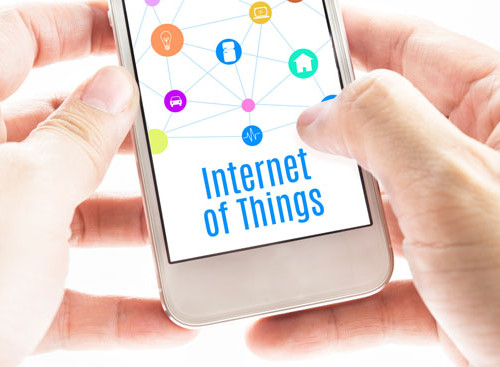The Internet of Things (IoT) has been one of the hottest trends in the IT industry in recent years. It’s hardly surprising when you consider that the IoTs already touches all of our lives in probably hundreds of ways. From our smartphones to our Jawbones, the increasingly connected world in which we live is changing lives and industries at a staggering rate – with an estimated 75 billion individual objects expected to be connected to the Internet by 2020.
For many companies interested in taking advantage of this growing trend, their main focus has been getting their devices connected to the Internet. If they are to add meaningful value and take the IoT from fad to functional, however, companies need to be focused on fundamentally redesigning their products and processes.
While the IoTs is certainly interesting and compelling, the real revolution in this trend will come about in its next evolution – a concept known as the ‘Commerce of Things,’ (CoT) which is the ability for connected objects to make commercial transactions by themselves.
We aren’t far off a time where the objects we use will start to free us from the tedious and costly business of replacing the things in our lives; the things that get used up or worn out. Without the need for human input, objects will do this by themselves, with our permission and on our behalf, in order to make our lives easier.
It might seem a little unsettling to imagine that our stuff will engage in commercial transactions without our intervention. However, history has repeatedly shown us that despite technology often unnerving us at first, it’s not long before we adapt to the positive changes it makes to our day-to-day lives.
Say goodbye to tedious purchases
Some purchases fill us with excitement – a new handbag or a shiny car, perhaps. We have quite the opposite reaction – or are, at best, indifferent – for purchases of the daily essentials; tea bags, dog food or dishwasher tablets.
Once objects are smart enough to enable commercial transactions on their own, these tiny “to-dos” will simply take care of themselves – freeing us to spend more time doing more meaningful things rather than wasting time on unenjoyable errands.
What we really need, when we actually need it
Already, connected toothbrushes can report on how much and effective we brush, but it is still up to us to go and order replacement heads whenever we need them. Because of that extra step, many of us go too long with a worn-out brush. If a new brush simply arrived in the mail every time you needed one, you’d be healthier and your dental check-ups would be more enjoyable.
If your refrigerator knew to order a fresh bunch of kale when it sensed that you weren’t getting your five-a-day, you’d be far more likely to dine in on greens than tuck into a takeaway.
Many of us ignore – or forget – about important tasks such as changing the batteries in our smoke detectors. But with a smart smoke detector, you would be tactfully sent a replacement battery in the post at exactly the right time. The results could be lifesaving.
Gone are the days of unwise choices
Human nature means that we regularly make unwise choices – succumbing to the allure of the overpriced luxury item merely for the attractive packaging, while we put off necessary purchases for too long because we’re preoccupied with more pressing things. Connected devices will take advantage of the power of big data analytics to take the human frailty out of consumer decisions. These object-enabled transactions will happen without the influence of emotions, current cravings or even till-queue boredom.
Staying ahead of the curve is vital for businesses
Making the CoT a reality will require major innovations from businesses in all areas. To make daily purchases effortless for consumers, manufacturers will need to take on the business of commerce themselves. Merchants will face substantial challenges to traditional business models – most significantly, the challenge of adapting to the constant pressure of object-mediated micro transactions.
For example, if a company sells replacement razorblade heads through traditional retail channels, it might sell a thousand products in a single transaction. But what happens when five thousand smart razors order their own replacement heads individually? This now changes a single transaction to several thousand transactions, each having their own regulatory challenge, payment-processing costs and security risks.
Servers that currently process payments will have to scale-up to accommodate tens of millions of transactions rather than thousands. Unfortunately, many businesses will not have the resources to start planning for this complete commercial transformation, especially since the development of infrastructure is both costly and complex.
This gives a huge competitive advantage to forward-thinking brands that act quickly and factor the IoT into their development strategy. If you can offer your customers what they want, when they want it and – crucially – before anyone else then by the time your competitors catch up, it’s likely you will have taken some of their market share. It is important for businesses to remember that, like all major changes, the CoTs will bring the biggest rewards for those that adapt quickest.






